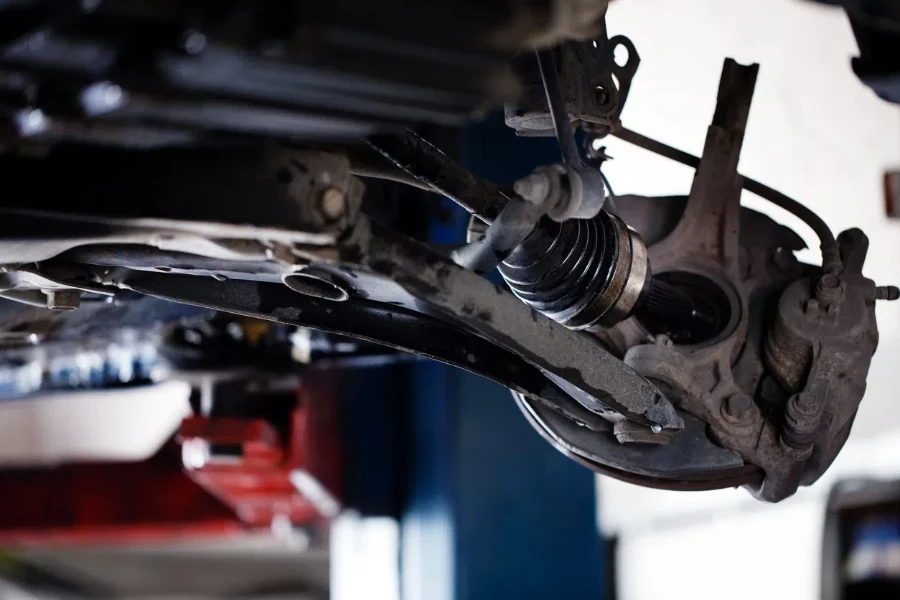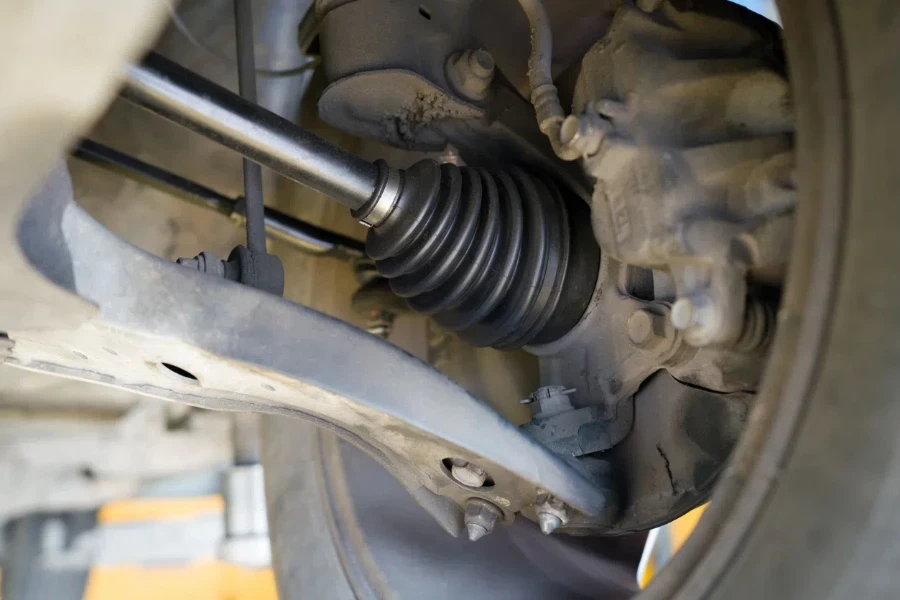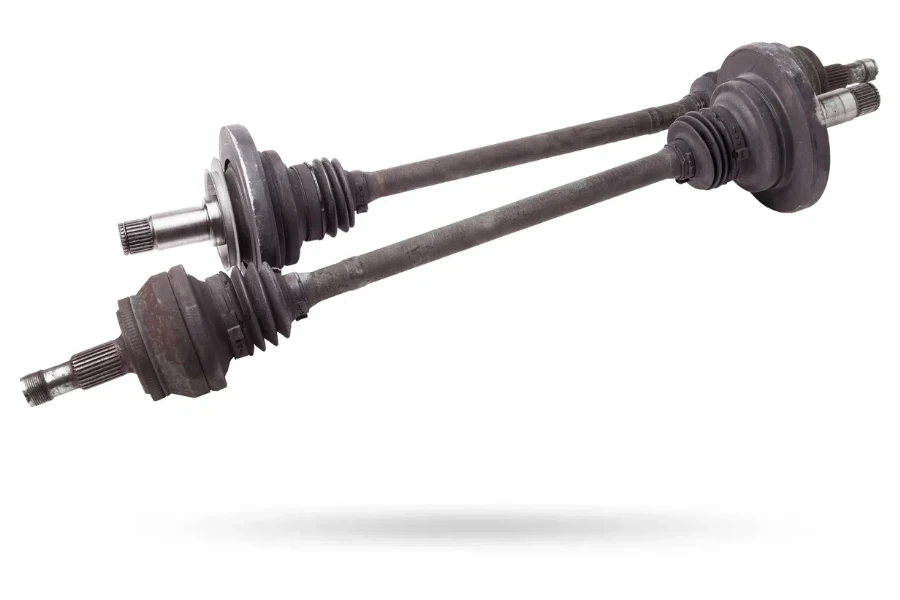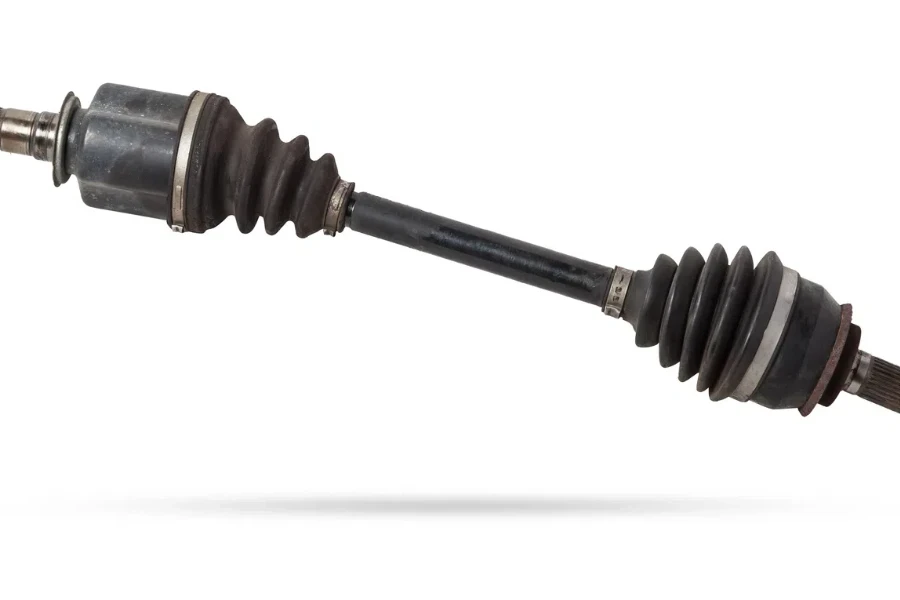Constant Velocity (CV) joints are critical components of a vehicle’s drive system, enabling the transfer of power to the wheels while accommodating the up and down motion of the suspension. Understanding the functionality, common problems, and maintenance of CV joints is essential for every vehicle owner. This guide aims to demystify CV joints, offering insights into their operation, symptoms of failure, and how to ensure their longevity. Whether you are a seasoned mechanic or a car enthusiast, this article will equip you with the knowledge to understand and care for CV joints.
Table of Contents:
– What are CV joints and why are they important?
– Common symptoms of CV joint failure
– How to maintain your CV joints
– Replacing CV joints: What you need to know
– CV joints vs. Universal joints: Understanding the difference
What are CV joints and why are they important?

CV joints, or Constant Velocity joints, are designed to transfer power from the vehicle’s transmission and differential to the wheels, allowing the vehicle to drive forward while accommodating the steering and suspension movements. There are typically two types of CV joints used in a vehicle: the inner CV joints connect the transmission to the axle, and the outer CV joints connect the axle to the wheels. Their design ensures that the drive shaft can bend while maintaining a constant drive speed, free of fluctuations. Without CV joints, the car would not be able to maintain driveability, especially while turning or driving over bumps.
Common symptoms of CV joint failure

The failure of CV joints can lead to significant issues, affecting the safety and performance of the vehicle. Some common symptoms include a clicking noise when turning, which indicates that the CV joint is worn and may need replacement. Another symptom is a vibration or shudder during acceleration, pointing to a damaged or worn CV joint. Grease leaking from a damaged CV boot, the protective cover of the CV joint, is also a telltale sign of potential CV joint issues. Recognizing these symptoms early can prevent more severe damage to the vehicle.
How to maintain your CV joints

Maintaining CV joints is crucial for the longevity and performance of your vehicle. Regular inspections of the CV boots for leaks or damage can prevent the CV joints from failing. Ensuring that the CV joints are adequately lubricated will also extend their lifespan. If a CV boot is damaged, replacing it promptly can save the CV joint from failure. Regular vehicle maintenance checks should include an inspection of the CV joints and boots to catch any potential issues early.
Replacing CV joints: What you need to know

Replacing a CV joint can be a complex process that usually requires the skills of a professional mechanic. However, understanding the basics can help vehicle owners make informed decisions. When a CV joint fails, it is often more cost-effective to replace the entire axle assembly rather than just the CV joint. The process involves removing the axle, replacing the CV joint or assembly, and then reinstalling the axle. It’s important to ensure that any replacement parts are compatible with your vehicle model.
CV joints vs. Universal joints: Understanding the difference

While both CV joints and Universal joints (U-joints) serve the purpose of transferring power in vehicles, they operate differently and are used in different contexts. U-joints are typically found in rear-wheel and four-wheel drive vehicles, offering flexibility in angle but can cause variations in rotational speed. In contrast, CV joints provide a constant rotational speed regardless of the angle, making them ideal for front-wheel drive and independent rear suspension vehicles. Understanding the differences between these joints can help diagnose drivetrain issues more accurately.
Conclusion:
CV joints are indispensable components of a vehicle’s drivetrain, ensuring smooth and efficient power transfer to the wheels. Familiarizing yourself with the signs of CV joint failure, understanding their maintenance, and knowing when replacement is necessary can save you from costly repairs and keep your vehicle running smoothly. Whether you’re dealing with a clicking noise while turning or a torn CV boot, addressing CV joint issues promptly will ensure your vehicle remains reliable and safe on the road.



